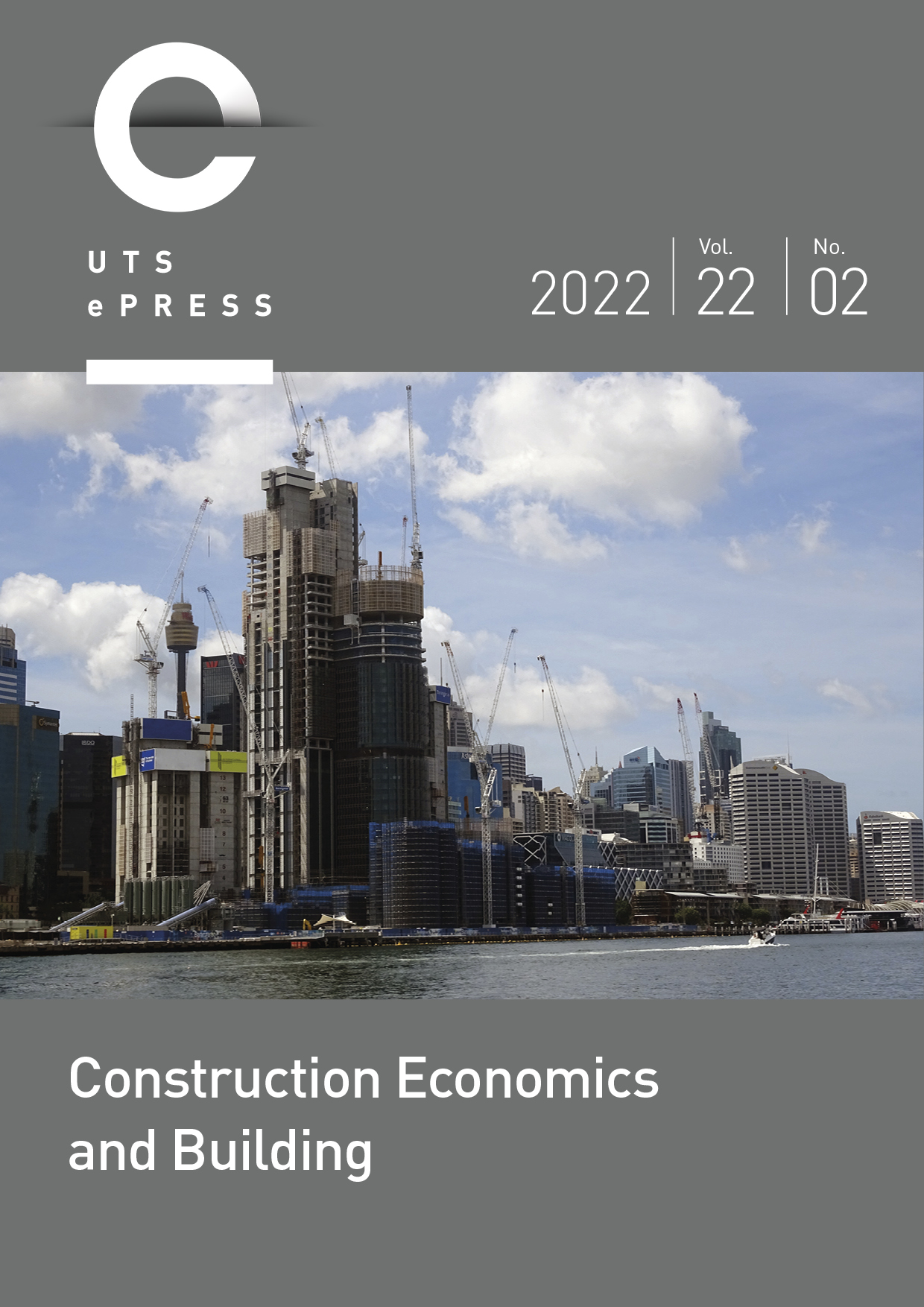Investigating the Relationship between Occupational Stress and Work-Life Balance among Indian Construction Professionals
Main Article Content
Abstract
The construction industry has long been recognized as a stressful industry, due to its complexity and management of a large number of stakeholders. Occupational stress causes a negative impact on both the work and personal life of professionals. Previous studies have established that occupational stress of construction professionals is strongly associated with low productivity, high absenteeism, and poor work performance. However, there is a lack of scientific studies that provide linkages between occupational stressors and the dimensions of work-life balance. The present research aims to study the perceived level of occupational stress and assess its relationship with the dimensions of work-life balance among construction professionals. Within an established theoretical framework, eight hypotheses were formulated to investigate the above relationship. A cross-sectional survey-based approach was adopted to assess the level of occupational stress and work-life balance. The survey was administered among construction project managers, project engineers, and site engineers in the Indian context. With 285 valid responses, relative importance index and multiple regression analysis methods were utilised to analyse the collected data. The findings revealed major stressors that contribute to high levels of occupational stress under work-related and organisation-related stressor categories. The top five identified stressors included job nature demands coordination with multiple stakeholders, tight time frame for work, unstable working hours, bureaucracy, and quantitative work overload. With regards to the relationship between the categories of occupational stress and work-life balance, the results indicate that work-related stressors are significantly and positively related to work interference to personal life (WIPL) and personal life interference to work (PLIW) and negatively relate to work enhancement of personal life (WEPL) and personal life enhancement of work (PLEW). In the case of organisation-related stressors, both organisation policy and organisation position-related stressors significantly and positively influence WIPL however, no significant relationship was noticed with PLIW, WEPL, and PLEW. While the existing studies have provided evidence that work-life imbalance causes occupational stress, one of the major contributions of the present study is that it provides valid scientific evidence that occupational stress significantly influences work-life life balance negatively. The study’s findings with regards to unveiling the relationship between the categories of occupational stressors and dimensions of work-life balance would help organisations derive relevant policies for creating a supportive work environment. To this end, the paper advances our collective understanding of occupational stress and work-life balance with multiple dimensions and perspectives.
Article Details
Section
Authors who publish with this journal agree to the following terms:
a) Authors retain copyright and grant the journal right of first publication with the work simultaneously licensed under a Creative Commons Attribution License that allows others to share and adapt the work with an acknowledgement of the work's authorship and initial publication in this journal.
b) Authors are able to enter into separate, additional contractual arrangements for the non-exclusive distribution of the journal's published version of the work (e.g., post it to an institutional repository or publish it in a book), with an acknowledgement of its initial publication in this journal.
c) Authors are permitted and encouraged to post their work online (e.g., in institutional repositories or on their website) prior to and during the submission process, as it can lead to productive exchanges, as well as earlier and greater citation of published work (See The Open Access Citation Advantage Service). Where authors include such a work in an institutional repository or on their website (ie. a copy of a work which has been published in a UTS ePRESS journal, or a pre-print or post-print version of that work), we request that they include a statement that acknowledges the UTS ePRESS publication including the name of the journal, the volume number and a web-link to the journal item.
d) Authors should be aware that the Creative Commons Attribution (CC-BY) License permits readers to share (copy and redistribute the work in any medium or format) and adapt (remix, transform, and build upon the work) for any purpose, even commercially, provided they also give appropriate credit to the work, provide a link to the license, and indicate if changes were made. They may do these things in any reasonable manner, but not in any way that suggests you or your publisher endorses their use.
